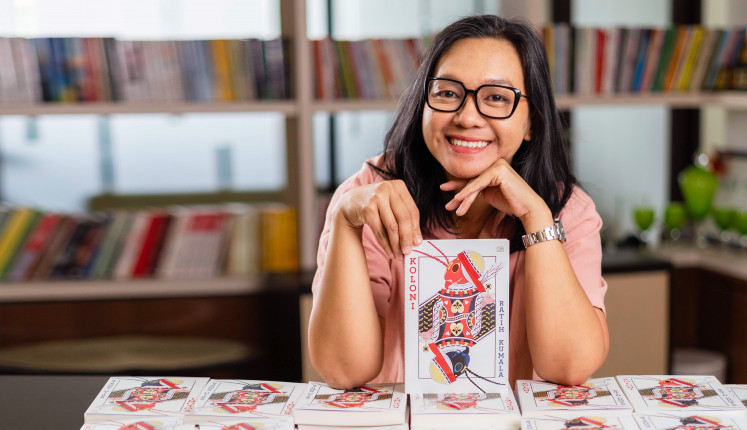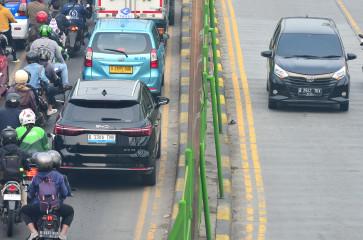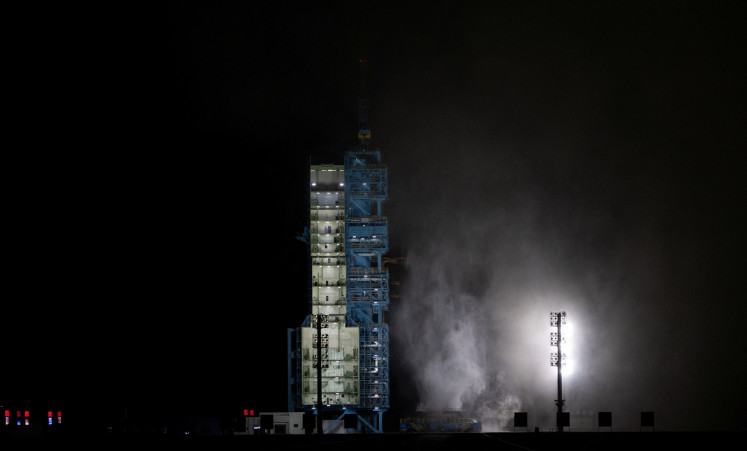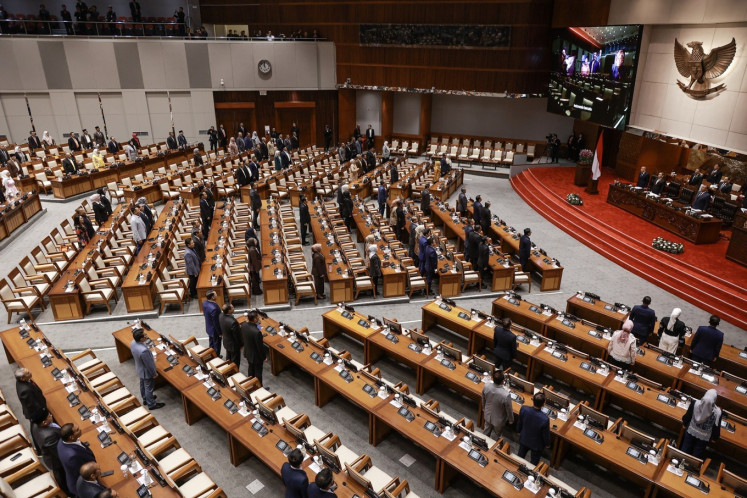Popular Reads
Top Results
Can't find what you're looking for?
View all search resultsPopular Reads
Top Results
Can't find what you're looking for?
View all search resultsBurping bags and dancing raisins: Tricks for teaching science during a pandemic
Change text size
Gift Premium Articles
to Anyone
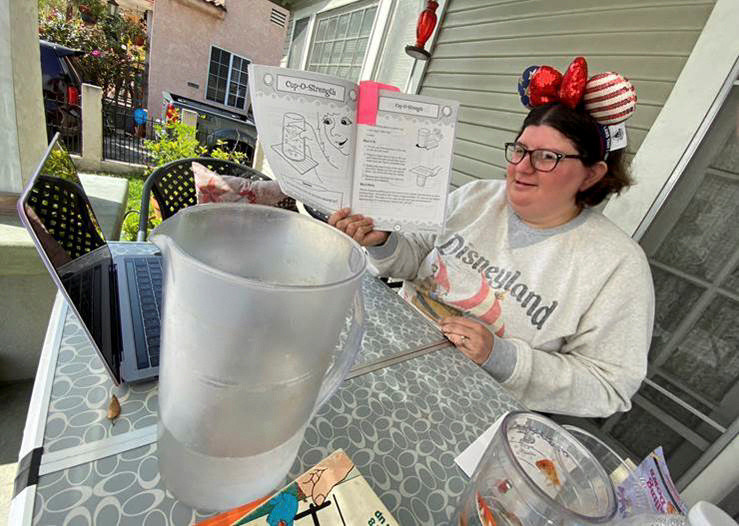 Elizabeth (Libby) Cline Birmingham, who teaches science in Stanton Elementary School in Glendora, California, conducts an online lesson for her students from her home amid school closure during the coronavirus disease (COVID-19) outbreak, in this undated handout photo. (Handout via REUTERS/Libby Cline Birmingham)
Elizabeth (Libby) Cline Birmingham, who teaches science in Stanton Elementary School in Glendora, California, conducts an online lesson for her students from her home amid school closure during the coronavirus disease (COVID-19) outbreak, in this undated handout photo. (Handout via REUTERS/Libby Cline Birmingham)
T
exas science teacher Avri DiPietro has a secret weapon in her tool kit to help keep her students engaged now that the coronavirus pandemic has forced them to stay home indefinitely. It's a home experiment known as "the burping bag".
The assignment calls for her sixth graders to combine vinegar and baking soda in a plastic bag, either in their kitchens or backyards. If all goes as planned, burps and belches will ring out across the small southeastern Texas town where DiPietro teaches, as the acidic vinegar meets the sodium bicarbonate, releasing gas from the bag.
"My thing has been to get science into their homes and get them doing science... it's about discovery," said DiPietro, who teaches about 160 students between the ages of 11 and 14 in Lockhart, about 30 miles (48 kilometers) south of Austin. "This is pushing a lot of us educators in how to reach our kids."
Teachers across the United States have had to scramble to develop online lesson plans in a matter of days after nearly every state closed schools and businesses to stop the deadly virus from spreading. Since then, it has been a struggle to keep many children from becoming distracted and tuning out during the school day, many educators say.
For science teachers like DiPietro, the challenge is especially formidable. One solution has been to assign hands-on experiments that students can conduct at home, keeping them engaged even though the school laboratory is closed.
Teachers will typically post lists of the ingredients needed for the experiment, detailed instructions, and possible observations and outcomes in their virtual classrooms. Then students spring into action, raiding their home's pantries and cabinets for materials before turning their back porches and kitchens into makeshift science labs.
"It really makes parents understand what teachers go through on a day-to-day basis... they have to find innovative ways to keep our kids busy," Heather Simpson said after her son Houstin one of in DiPietro's students, conducted a "homemade lava lamp" experiment with water, food coloring, salt, oil, and a jar.
Several second graders at Park Elementary School in Fairmount, a rural community in northeast Indiana, also got in on the act. The 7 to 8-year-olds completed a "walking water" experiment with strips of paper towels, food coloring, water, and cups.
"I understand now," an emphatic blond boy declared in a video posted on Twitter, as he showed the successful results of the experiment that demonstrates "capillary action," a phenomena that lets liquid flow upward in narrow spaces.
Read also: Tips from parents on helping children study at home during COVID-19 outbreak
"It entertains me to watch their videos and seeing their pictures," said Rebecca Freel, his teacher at Park Elementary who assigned the experiment. "They are learning more from doing this than if I just gave them a paper to do or a website to go on. They really have to dive in and think."
To be sure, assigning home experiments has limits. Some US students do not have the resources to easily access online learning.
Some also may not be able to get the necessary ingredients and materials for the experiments. As a result, most of the experiments are simple, involving just a few household ingredients and steps. Many are optional or for extra credit.
There is always the potential for failed experiments, too. But the duds are valuable teaching moments, said Libby Birmingham, who teaches science at Stanton Elementary in Glendora, California, 30 miles east of Los Angeles.
"I'm trying to get them to be inquisitive and asking questions," said Birmingham, who chuckled after dumping salt all over her laptop's keyboard during one experiment as her students watched live online.
Birmingham has held virtual classroom sessions from her front porch since her school closed on March 13. She has also conducted a "cloud in a jar" experiment with shaving cream, water and food coloring that shows precipitation and evaporation.
In another experiment, known as "dancing raisins," Birmingham demonstrated for her students the effect that carbon dioxide gas has on the fruit's volume when it is submerged in a carbonated liquid.
In a video of the virtual class, her students sounded amazed by the phenomenon: "They are fizzing... whoa... they have fizz bubbles on them. Cool."

